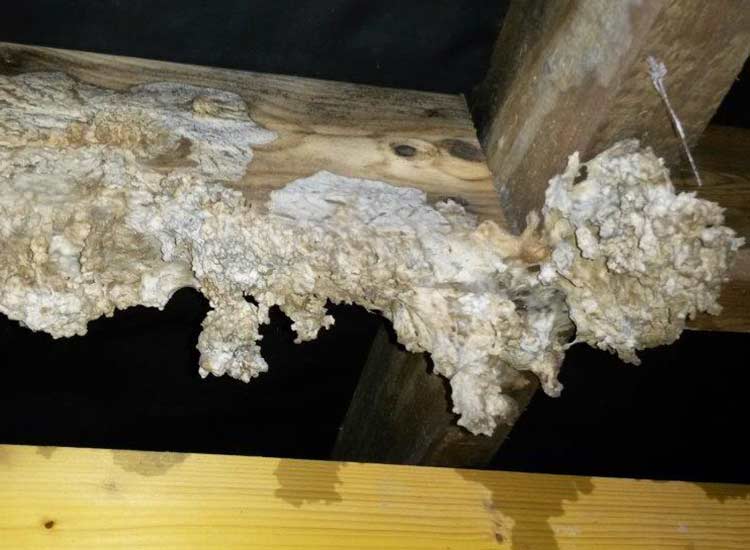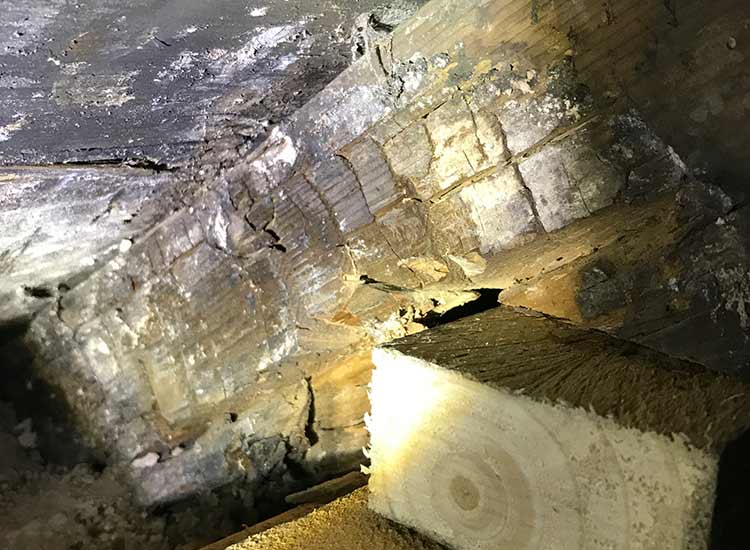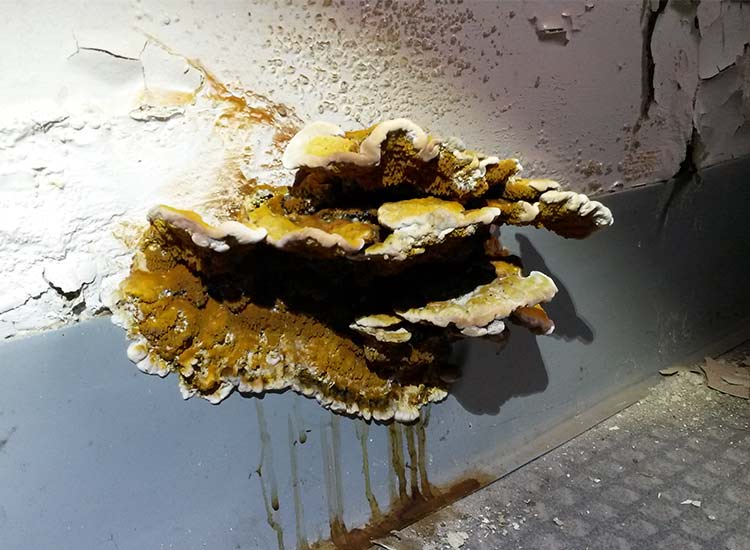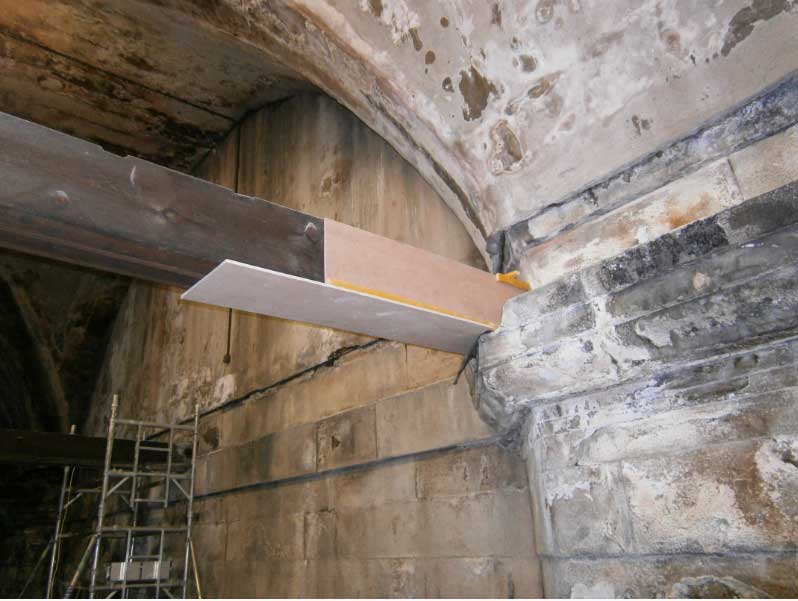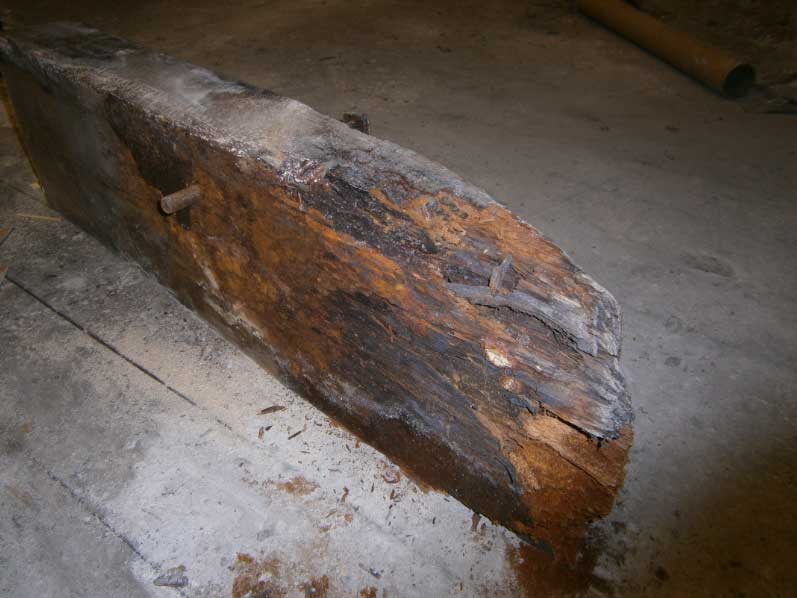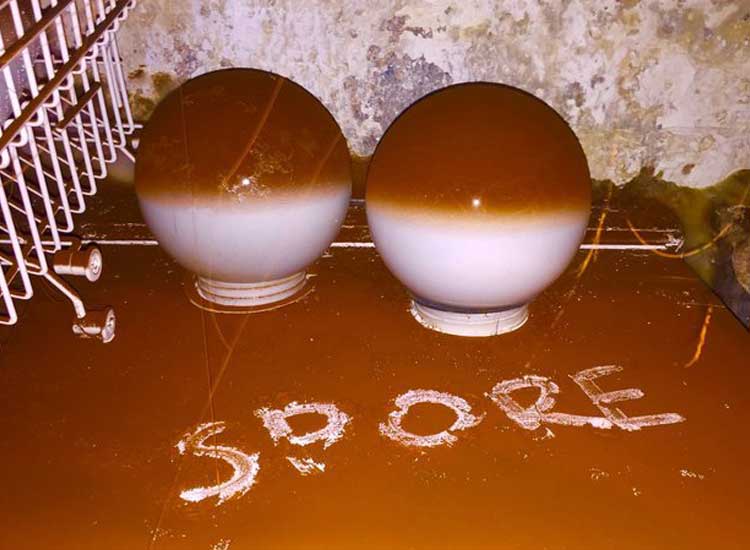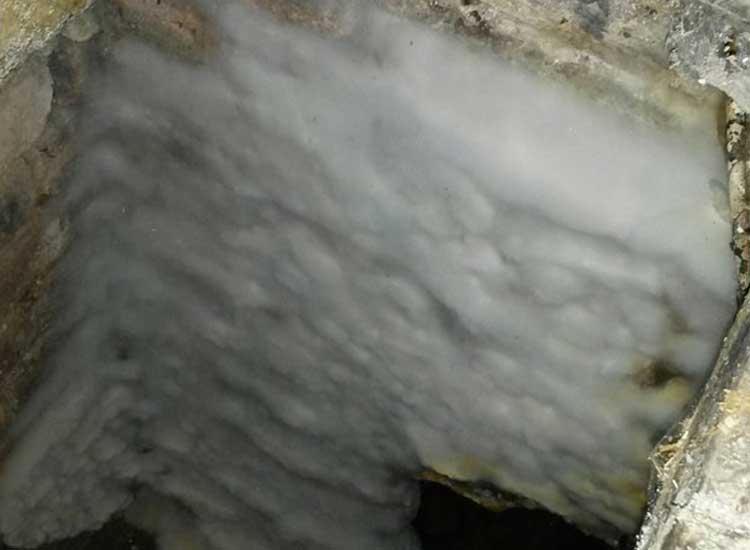Dry Rot Dundee
- 30 Year Guarantee
- Delivering Property Care Since 1935
- Experienced & Qualified, Dundee Surveyors and Technicians
What Is Dry Rot
Home > Dry Rot > It’s vital that if you spot potential early signs of dry rot within your property that you immediately get an expert’s opinion to ensure that the problem doesn’t spiral out of control.
Dry rot is a wood decaying fungus that can cause a lot of damage and spread quickly around homes and other structures. And once the outbreak has occurred, getting rid of it is very difficult. Many people who find themselves with a dry rot infestation in their home will more than likely think they’ll be ok because dry rot is covered by their building or homes insurance policy. However, in general dry rot is not covered. Our knowledgeable property surveyors are here to help you by accurately identifying the cause of the problem as well as specifying the most effective solution. Get in touch with our Dundee branch to book a property survey.
How to Identify Dry Rot?
Identifying dry rot is a very important first step in clearing up this nasty fungus. In addition to a musty, damp odour, dry rot will have brown, brittle timbers that may crumble or flake off when touched. The timber will appear to be dry to the touch. White or grey strands, growing in an outward direction, are responsible for spreading the fungus. Often, there is also a rust coloured dust that is present around the general area where a dry rot sporophore or fruiting body has formed.
Where Does Dry Rot Grow?
The key to solving any rot problem is ensuring it is dealt with promptly and effectively. If the process of getting to the source of the rot problem is not effective this can result in the problem growing and worsening considerably.
The main cause of rot is moisture in timbers. Wood destroying fungus spores are germinated by this moisture and as a result visible signs of dry rot or wet rot damage appear on the affected timber. Wet and Dry rot spores will only develop and take hold of timbers if the environmental conditions are right.
In order to prevent rot it is essential that you fix ventilation issues and damp problems, such as rising damp, penetrating damp and condensation as they are the main causes of excessive moisture within a property.
From fixtures to structural timbers, the average home is made up of 70% timber. Once dry rot starts to spread, it can affect large areas of your property and cause major structural problems. Learn more about Dry Rot by visiting our Dry Rot Q&A page.If unprotected timber in your property ranging from the roof to the ground floor becomes damp it is in danger of a dry rot attack.
Any untreated timber in your property from your roof to the ground floor which becomes damp is at risk of a Dry Rot attack. If you believe there is a chance that you have seen the presence of dry rot in your property then you should get advice on the affected area. As you start looking for dry rot, it is worth knowing that it can appear in an old building or a modern structure. Dry rot is caused by dampness that germinates the dry rot fungus spore on the timber. This means that it can appear almost anywhere. This type of rot is often caused by leaking roofs, penetrating damp due to defective gutters and masonry and plumbing leaks inside your property.
It is common for dry rot to thrive in roofs, underfloor areas or behind wall fabrics that have poor ventilation.
Wet Rot and Dry Rot Difference
Dry Rot is caused by serpula lacrymans and is the most serious type of fungal decay in a building. It can spread onto and destroy much of the timber. Signs of dry rot:
- Formidable mushroom smell
- White fungal growth with yellow tinges
- Deeper cracks will appear within the wood causing loss of strength
- A fruiting body gives of red spore dust
Wet Rot
Much more common than dry rot. This decay tends to be based only in the area where timber has become wet. Signs of wet rot:
- A surface veneer may be intact to the wood with Blemishes, crookedness, softness apparent on the surface
- Rot stays close to the damp area with loss of strength to the timber
- Visible fungal growth – this may sometimes occur
- Smell – there may be a damp musty smell
Dry Rot Survey
The cost of treating dry rot incorrectly can be extremely damaging to your property so it is vital you hire a professional service and not just any dry rot company. Contact our Dundee branch today who will be happy to help deal with your property problem and assess the dry rot treatment costs.
Dry Rot Specialists Dundee
The majority of structures throughout the United Kingdom have large sections of the building formed by timber. Timber has been used for thousands of years and is still one of the most commonly used building materials. Timber can be used as supporting beams or posts or can even simply be used for the roof and floors.
Due to timbers popularity as a building material, decay by fungal growth and infestation by wood boring insects is extremely common.Richardson & Starling have been dealing with dry rot problems in buildings for over 85 years and our surveyors have the experience you require to treat your dry rot problem. Our surveyors are qualified to deal with timber infestation issues, and the service provided reflects this experience. If you are looking for a professional dry rot treatment service for your property, please do not hesitate to call our Dundee branch.
30 Year Guarantee for Dry Rot Repairs
Free automatic transfer to the new property owner if sold.
After eight decades of successful property surveys and repairs, we’re confident to offer you a 30 Year Guarantee that transfers with the Property.
Richardson & Starling are long standing members of the Property Care Association (PCA) and the Guarantee Protection Insurance scheme (GPI). This demonstrates our ability to meet technical and financial requirements to offer an insurance back-up to our own long term guarantees if you would like this.

